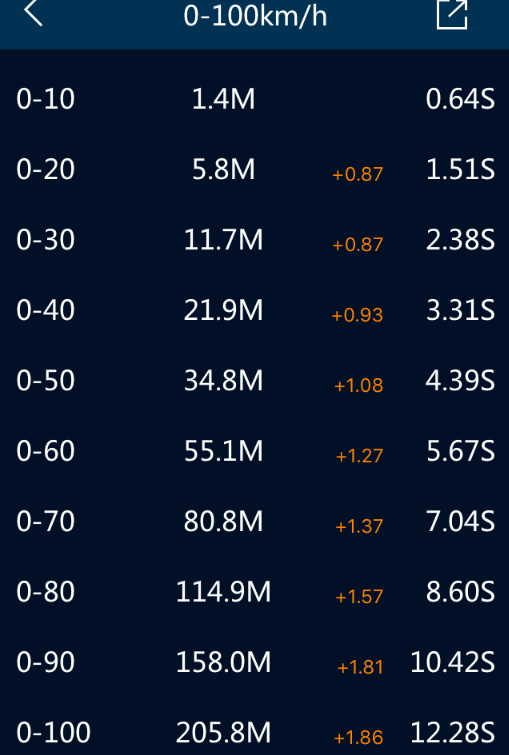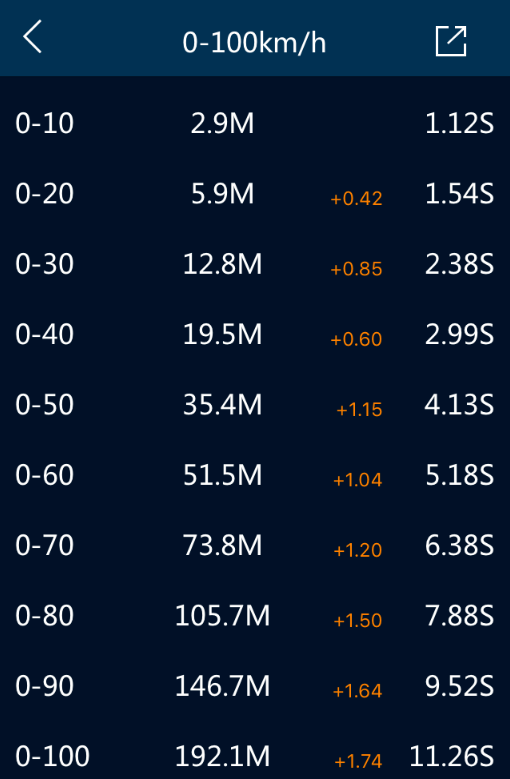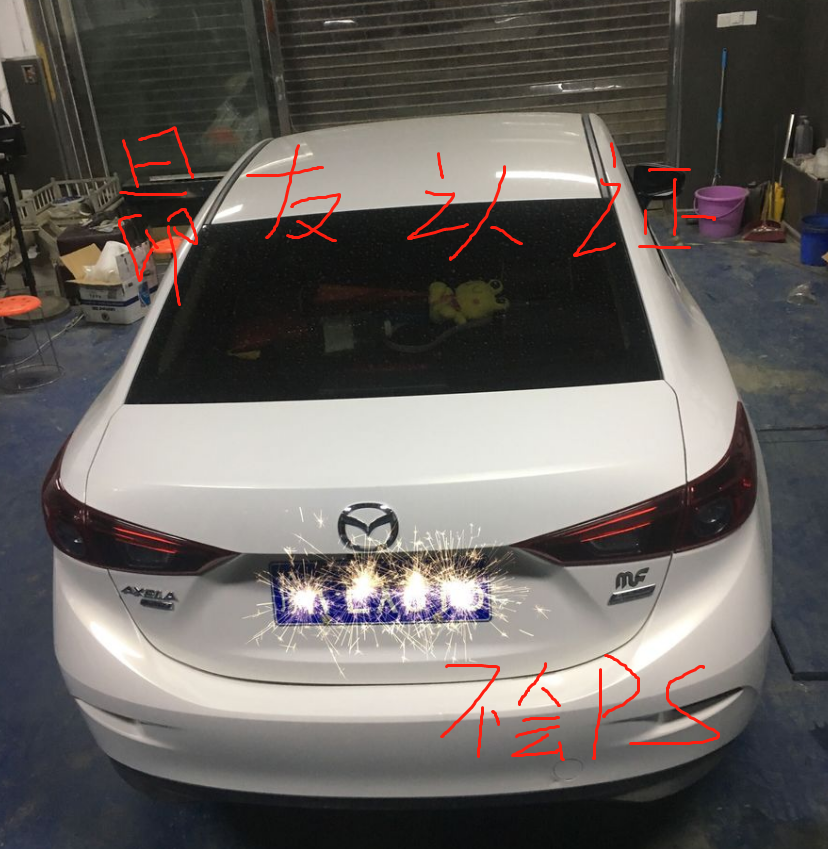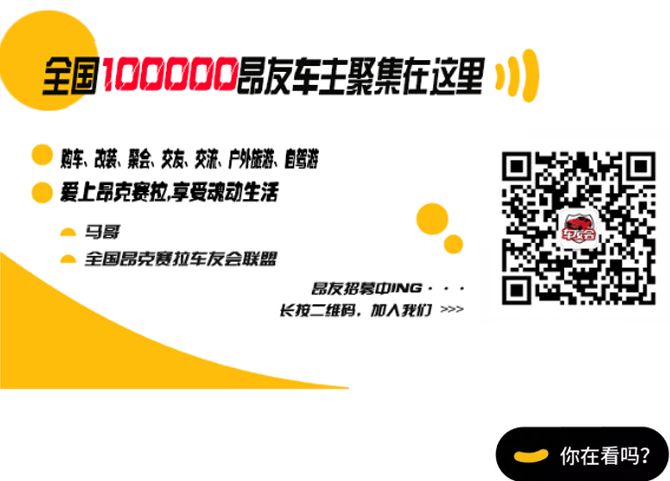Test Location: Zhengzhou
Test Vehicle: 2016 Axela 1.5 Automatic Comfort
Test Item: 0-100 KM/H Acceleration Time
Test Equipment: P-GEAR
Test Environment: Sunny, Light Breeze, Temperature 20℃
Vehicle Status: M-FORCE (M-racing) ECU Program, Maximum RPM 6000
Other Hardware: All Original, E95# Ethanol Gasoline

The original 0-60 acceleration time was 5.67 seconds, and the 0-100 acceleration time was 12.28 seconds.

After ECU tuning, the 0-60 acceleration time was 5.18 seconds, and the 0-100 acceleration time was 11.26 seconds.
0-60 KM/H time improved by 0.49 seconds, and 0-100 KM/H time improved by 1.02 seconds.
The above tests were conducted under the same conditions at the same location, with three tests performed before and after, taking the best results.
What I want to say is, it’s somewhat meaningless. No one is going to floor it from 0-100 while commuting to work, picking up kids, or grocery shopping, so this data is somewhat irrelevant. However, many people are curious about the acceleration results after ECU tuning, so I decided to test it. The biggest change after ECU tuning is actually the driving experience. As for how it feels, I won’t say much, as everyone’s experience is different, and I might get criticized for it… If you want to know, you can come and test drive my car; I’m in Zhengzhou.Many people are skeptical about ECU tuning, as it is not very common in China, and not many people understand it. The main doubts are as follows:Several aspects:
1. If ECU tuning is so effective, why don’t manufacturers write this program into new cars? Is it because the engineers at the manufacturers are not competent?
2. Will the power increase affect the engine’s lifespan?
3. Will the power increase also lead to higher fuel consumption?
4. Will ECU tuning affect the vehicle’s warranty?
5. Turbocharged cars benefit from ECU tuning, but does it make sense for naturally aspirated cars?
Now, I will analyze these doubts one by one. Please don’t criticize me too harshly.
1. The Electronic Control Unit (ECU) is produced by international multinational companies such as BOSCH, SIEMENS, and MM, and their products are sold worldwide. Due to differences in gasoline quality, temperature, atmospheric pressure, humidity, and engine types in each country, vehicles must adapt to different weather, environments, and driver requirements while ensuring they can operate smoothly under these complex conditions and meet strict emissions and fuel consumption standards. Therefore, the original ECU program is often a conservative compromise that meets many conditions. ECU tuning brands can optimize the ECU’s working parameters within a safe range based on the actual driving environment of each vehicle, thereby unleashing the engine’s potential.2. ECU tuning only optimizes the ECU parameters of the engine to maximize its design capabilities. The optimization is conducted on the basis of ensuring longevity and safety, while also maintaining an absolute safety margin, providing the engine with an optimal operating space, thus not affecting the vehicle’s lifespan.3. ECU tuning does not increase horsepower by injecting more fuel; rather, it recalibrates the fuel supply and ignition curves. The computer adjusts the optimal air-fuel mixture based on signals from relevant sensors, thereby improving fuel combustion efficiency. I will report back on fuel consumption after driving the car for a while post-tuning.4. For some European cars, ECU tuning requires opening the ECU circuit board, which can indeed affect the vehicle’s warranty. However, with the advancement of technology, more and more vehicles can be upgraded without opening the circuit board. M-FORCE uses the most advanced international equipment, allowing ECU data to be read and written directly from the OBD interface, completely non-destructive, without affecting the vehicle’s warranty, and the original data can be restored at any time.5. Those who raise this question likely have a good understanding of ECU tuning. Indeed, turbocharged cars benefit more from ECU tuning because they can control the timing of turbo engagement and boost pressure to enhance power, while naturally aspirated engines do not have this capability. However, the Skyactiv engine series is an exception, which requires an explanation of its working principle. As we know, the Skyactiv engine has a high compression ratio of 13:1, but it can run on 92# gasoline, which theoretically doesn’t make sense. In fact, the ratio of the maximum to minimum volume of the combustion chamber in the Skyactiv engine is indeed 13:1, but its actual compression ratio is not that high because it operates on the Miller cycle rather than the traditional Otto cycle. Specifically, it uses an electronically controlled variable timing system to delay the closing of the intake valve, meaning that during the compression stroke, some of the air entering the cylinder escapes through the intake valve. This means that the compression stroke does not start from the bottom dead center of the piston, but during the power stroke, the gasoline combustion explosion pushes the piston all the way to the bottom dead center, resulting in an expansion ratio of 13:1, but the compression ratio is less than 13:1. The Mracing ECU upgrade modifies the original ECU program to control the intake valve to close earlier during the compression stroke, minimizing air loss, thus effectively increasing the engine’s actual compression ratio and consequently enhancing power. After ECU tuning, it is necessary to use gasoline rated at 95# or higher.

